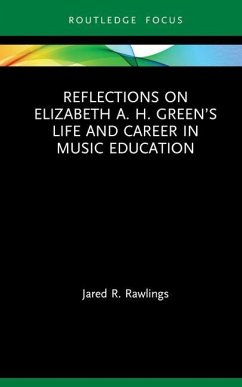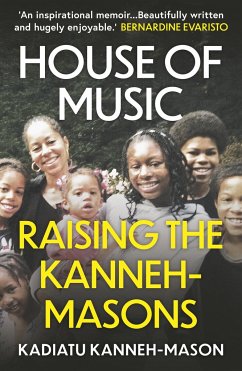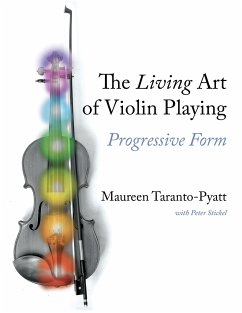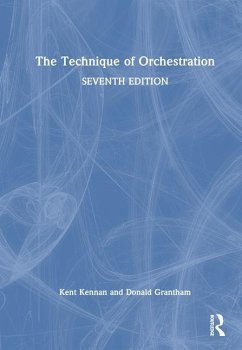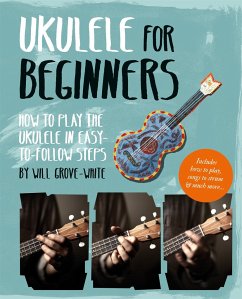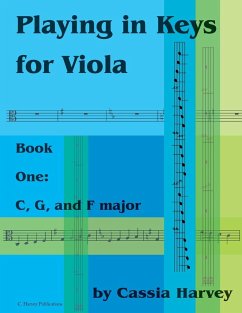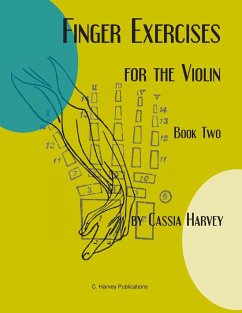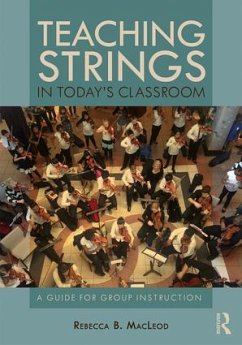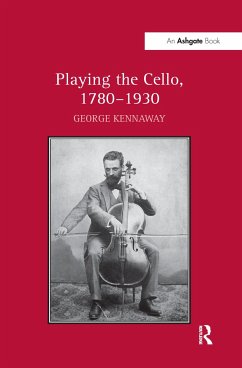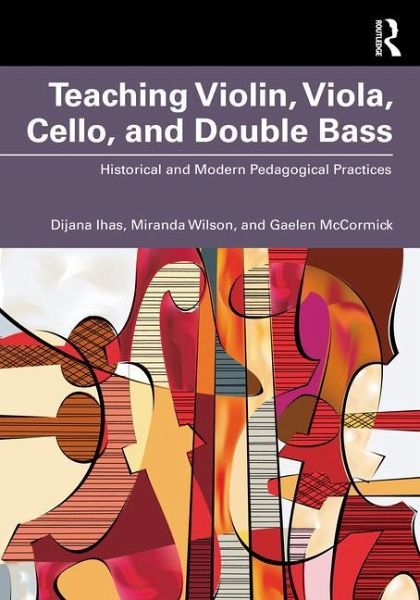
Teaching Violin, Viola, Cello, and Double Bass
Historical and Modern Pedagogical Practices
Versandkostenfrei!
Versandfertig in 6-10 Tagen
54,99 €
inkl. MwSt.
Weitere Ausgaben:

PAYBACK Punkte
27 °P sammeln!
Teaching Violin, Viola, Cello, and Double Bass summarizes three centuries of string pedagogy treatises to create a comprehensive resource on methods and approaches to teaching all four bowed string instruments. Co-written by three performance and pedagogy experts, each specializing in different string instruments, this book is applicable to all levels of instruction.Essays on historical pedagogues are clearly structured to allow for easy comprehension of their philosophies, pedagogical practices, and unique contributions. This book concludes with a section on application through comparative an...
Teaching Violin, Viola, Cello, and Double Bass summarizes three centuries of string pedagogy treatises to create a comprehensive resource on methods and approaches to teaching all four bowed string instruments. Co-written by three performance and pedagogy experts, each specializing in different string instruments, this book is applicable to all levels of instruction.
Essays on historical pedagogues are clearly structured to allow for easy comprehension of their philosophies, pedagogical practices, and unique contributions. This book concludes with a section on application through comparative analysis of the historical methods and approaches.
With coverage from the eighteenth century to the present, this book will be invaluable for teachers and students of string pedagogy and general readers who wish to learn more about string pedagogy's rich history, diverse content, and modern developments.
Essays on historical pedagogues are clearly structured to allow for easy comprehension of their philosophies, pedagogical practices, and unique contributions. This book concludes with a section on application through comparative analysis of the historical methods and approaches.
With coverage from the eighteenth century to the present, this book will be invaluable for teachers and students of string pedagogy and general readers who wish to learn more about string pedagogy's rich history, diverse content, and modern developments.






